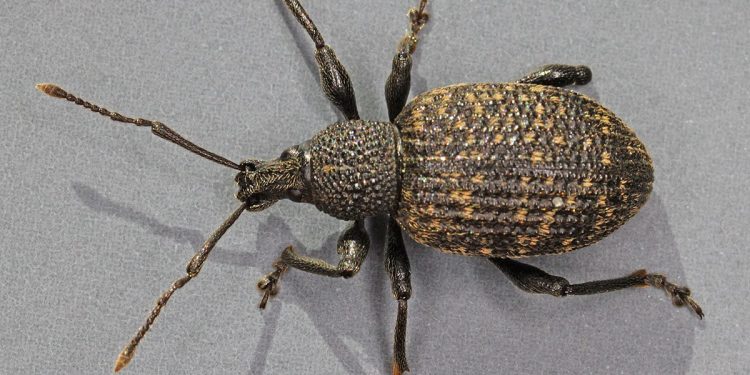#SaveOurPines #HylobiusAbietis #PineWeevil #ForestEcosystems #BiologicalControl #PheromoneTrapping #EnvironmentalRisks #Biodiversity #ClimateChange
Hylobius abietis, commonly known as the pine weevil, is a destructive pest that feeds on the bark of pine trees, causing extensive damage to forest ecosystems. In recent years, the population of pine weevils has been on the rise, leading to a significant loss of pine trees and the associated ecological and economic benefits they provide.
The development of effective management strategies to combat the pine weevil has become a critical priority for forest managers and policymakers. One approach is to use insecticides to control pine weevil populations. However, the use of chemicals poses significant environmental risks and may not be effective in the long term due to the potential for insecticide resistance.
An alternative approach is to introduce biological control agents, such as predatory insects or parasitoids, to reduce the pine weevil population. This method is considered environmentally friendly and has shown promising results in some regions.
Another promising development is the use of pheromone-based trapping systems, which lure pine weevils away from pine trees and into traps. This technique has proven effective in reducing pine weevil populations in some areas and has the added benefit of being a non-invasive approach.
The consequences of inaction in combating the pine weevil are significant. The loss of pine trees can result in a decline in biodiversity, soil erosion, and reduced carbon sequestration, leading to a negative impact on climate change.
In conclusion, the management of Hylobius abietis is a complex issue that requires a multi-faceted approach. The development and implementation of effective strategies to control pine weevil populations are crucial to preserving the health and ecological benefits of our forest ecosystems.








